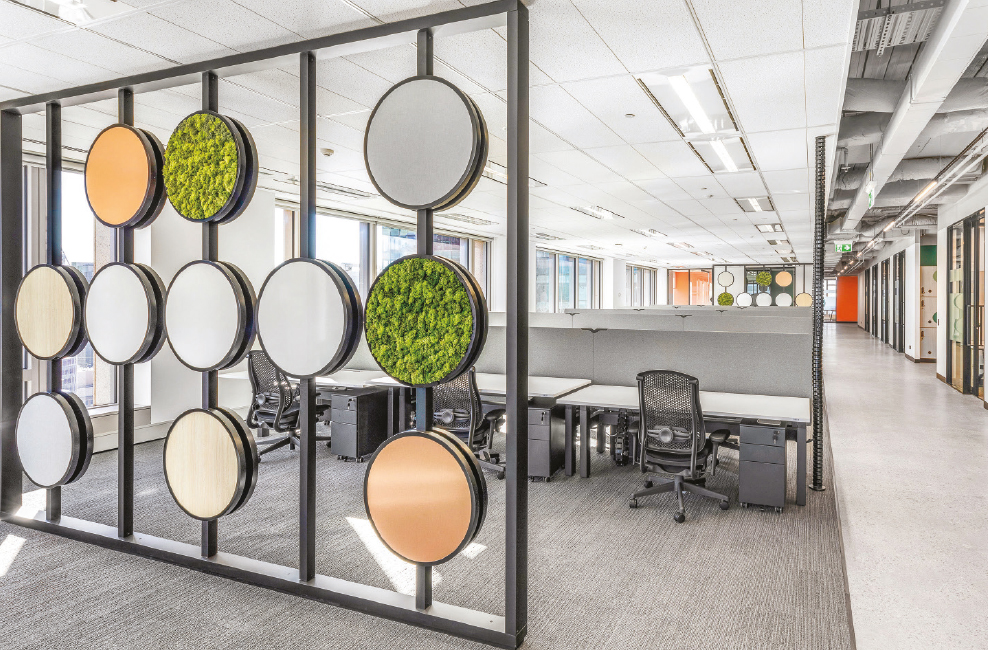As technology becomes more accessible and reliable, base level tasks are automated and systemised. As technology advances the complexity of tasks that can be automated and systemised will be increased. This often leaves us wondering, if all these base level tasks are being taken care of, what is left for humans to do?
I always like to picture the human brain as a being broken into two parts, left brain and right brain. The left side of the brain is said to be the analytical or methodical side and right side is the creative or artistic side. In addition, I like to picture the base level thinking in the centre of the brain and the high-level thinking further out. The prevalence of technology gives people the opportunity to exercise the outer parts of their brain as less time is spent developing base skills. This is a current worldwide human condition that manifests itself in everything I see on a day to day basis in industry, on the news and in the younger generation.
Designers and clients are becoming more creative and engineers and tradespeople are able to provide more complex solutions to bring these ideas to life. The challenge is then put to manufacturers to implement these solutions and create the products that raise their entire industry to a new standard.
Often, the challenge is in working with new input materials and manipulating them to suit specific applications. As many of you know, the input materials chop and change with each passing season. The architectural influence and changing designs require different shapes, fixings and surface finishes with varying structural needs and in most cases a tight budget. The average design project can include dozens of different materials from wood, plastics, metals and composites. Each with their own manufacturing challenges.
Aspen Commercial Interiors in Armidale create masterful office spaces and joinery for high-end clients across Australia and New Zealand. A large focus for their operations manager Roy Heaney is research and development. Mr Heaney constantly works with designers on new products to increase their offering to their clients. One of their recent designs uses colourful EVA foam desk partitions with curved edges to bring a softness to the working space. Mass producing this profile proved difficult as a clean edge couldn’t be achieved using their current wood CNC tooling and the curved profile could not be achieved consistently or easily using a knife and panel saw. It seemed, they needed to invest in dedicated machines or outsource the work. However, all they really needed was a $35 tool with a specific geometry that suited the exact material. Without introducing any new machinery, expensive software package or hours of set-up they were able to produce the partitions.
This is just one example of how a small investment in tooling can eliminate a large investment in capital or the cost, lack of control and lead times of outsourcing. It is also just one example of different materials becoming prevalent in the industry. Most of the input materials used in the cabinet industry currently can be broken down into four sub categories: wood, composites, plastics and metals.
Wood
Natural and engineered wood products such as solid timber, MDF, chipboard and plywood are without a doubt the most prevalent materials used in joinery.
Plastics
A plastic is a synthetic material made up of polymers. Compact laminates, acrylic, foams and corian panels are also increasingly used by joiners. Once again, each of these materials can be machined on a standard nester, given the correct tooling.
Metals
Aluminium sheet has always been a major component of shopfitting and sign making. Thin sheets can be cut dry using standard tooling. Metal by-products such as vermiculite, ACP and magnetic panel are also common examples.
Composites
A composite is the combination of two or more distinct materials to achieve certain properties that cannot be met by standard alloys, ceramics or polymeric materials. It generally has a series of layers in the form of hardened particles, fibres or structures with a soft or flexible core.
The composites that we are most excited about in the cabinetmaking industry is structural composites in the form of sandwich panels.
Modern manufacturers are constantly looking for materials that are strong, lightweight, cost effective and visually appealing to fulfil their increasingly ambitious designs. Composites make this possible by allowing the designer to hand-pick the materials with the best properties and combine them.
Particularly used in aerospace and mega structures, composite materials such as honeycomb core sandwich panels, s-flute panels, steel foam sandwich panels not to mention fibreglass, carbon-fibre and magnetic sandwich panel can be used in applications that would exceed the capabilities of standard materials.
CNC machines are the most versatile machines on the planet in terms of the number of materials and applications that can be performed. The only additional equipment needed to machine any two different materials mentioned in this article is a few tools. Client demands have evolved and will continue to. If manufacturers don’t familiarise themselves with the new materials hitting the market, they can miss opportunities.
Visit the Panel Tools Online website at: https://paneltoolsonline.com.au/

